Calla L.
water arum, wild calla, bog arum, marsh calla
Araceae
temperatetemperate:
(adj) of the climatic zone between boreal and tropical
and subarctic Northern Hemisphere; North America, Europe, and Asia
Calla palustris L. (as an ornamental bog plant)
none
not weedy
creeping aroid herb, helophytic to emergentemergent:
(adj) (syn. emersed) with parts raised out of the water; extending up out of the water
Stem rhizomatousrhizomatous:
(adj) possessing rhizomes
, creeping or submergedsubmerged:
(adj) (syn. submersed) under water; submerged below the water surface
, elongate, green, rooting at nodes. Leaves basalbasal:
(adj) at or pertaining to the base, or point of attachment
, spiral; petiolepetiole:
(n) the stalk of a leaf
 tereteterete:
tereteterete:
(adj) +/- circular in cross section
, sheath with liguleligule:
(n) (1) a strap-shaped structure; (2) an often thin, membranous or hairy structure projecting from the top of the leaf sheath in grasses and a few other families; (3) the flattened part of the ray corolla in the Asteraceae
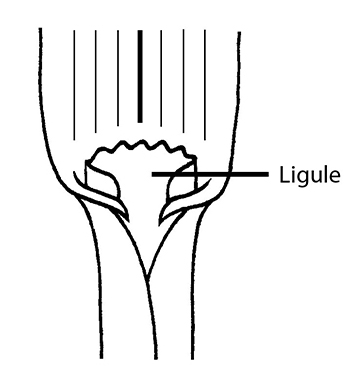 ; leaf bladeblade:
; leaf bladeblade:
(n) (syn. lamina) the flat, expanded part of a leaf, frond, or petal (excluding, e.g., the petiole)
 cordatecordate:
cordatecordate:
(adj) heart-shaped; in the form of two rounded lobes
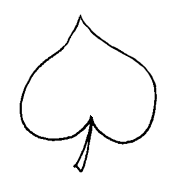 ; venationvenation:
; venationvenation:
(n) the arrangement of veins in a leaf
pinnate, laterallateral:
(adj) on or pertaining to the side of an organ or structure
veins curved-ascending. Inflorescenceinflorescence:
(n) the arrangement of flowers on the floral axis
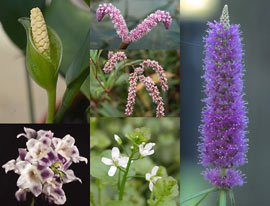 a solitary spathespathe:
a solitary spathespathe:
(n) a large bract or bracts subtending and often enclosing an inflorescence
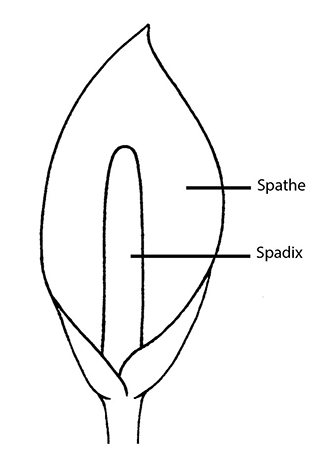 and spadixspadix:
and spadixspadix:
(n) a spike of small flowers borne on a thick, fleshy axis
 , pedunclepeduncle:
, pedunclepeduncle:
(n) the stalk of a flower cluster or inflorescence
erect; spathespathe:
(n) a large bract or bracts subtending and often enclosing an inflorescence
 persistent, fully expanded, ovateovate:
persistent, fully expanded, ovateovate:
(adj) egg-shaped in outline; generally with the broad end at or near the base
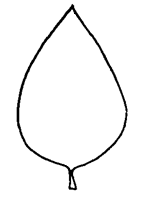 to ellipticelliptical:
to ellipticelliptical:
(adj) in the form of an ellipse (oval)
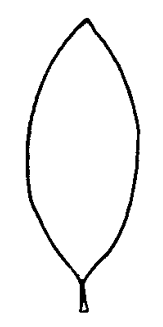 , apexapex:
, apexapex:
(n) the point farthest from the point of attachment; the tip (often pointed)
acuminate, green outside, white inside; spadixspadix:
(n) a spike of small flowers borne on a thick, fleshy axis
 stipitatestipitate:
stipitatestipitate:
(adj) borne on a stipe or stalk
, cylindric, shorter than spathespathe:
(n) a large bract or bracts subtending and often enclosing an inflorescence
 , apexapex:
, apexapex:
(n) the point farthest from the point of attachment; the tip (often pointed)
rounded. Flowers small, perianthperianth:
(n) collective term for the calyx and corolla of a flower; also used for floral whorl(s) in which the calyx and corolla cannot be resolved; any of the leaves or bracts surrounding the sex organs of bryophytes
 absent. Berries red.
absent. Berries red.
in shallow water, bogs, wooded swamps, marshes, and shores of rivers, streams, ponds, and lakes; often with Sphagnum
Calla palustris is the sole member of the genus. All parts of C. palustris are toxic and should not be consumed. C. palustris f. polyspathacea Vict. & J. Rousseau exhibits the anomaly of 2 or 3 spathes per inflorescenceinflorescence:
(n) the arrangement of flowers on the floral axis
 .
.